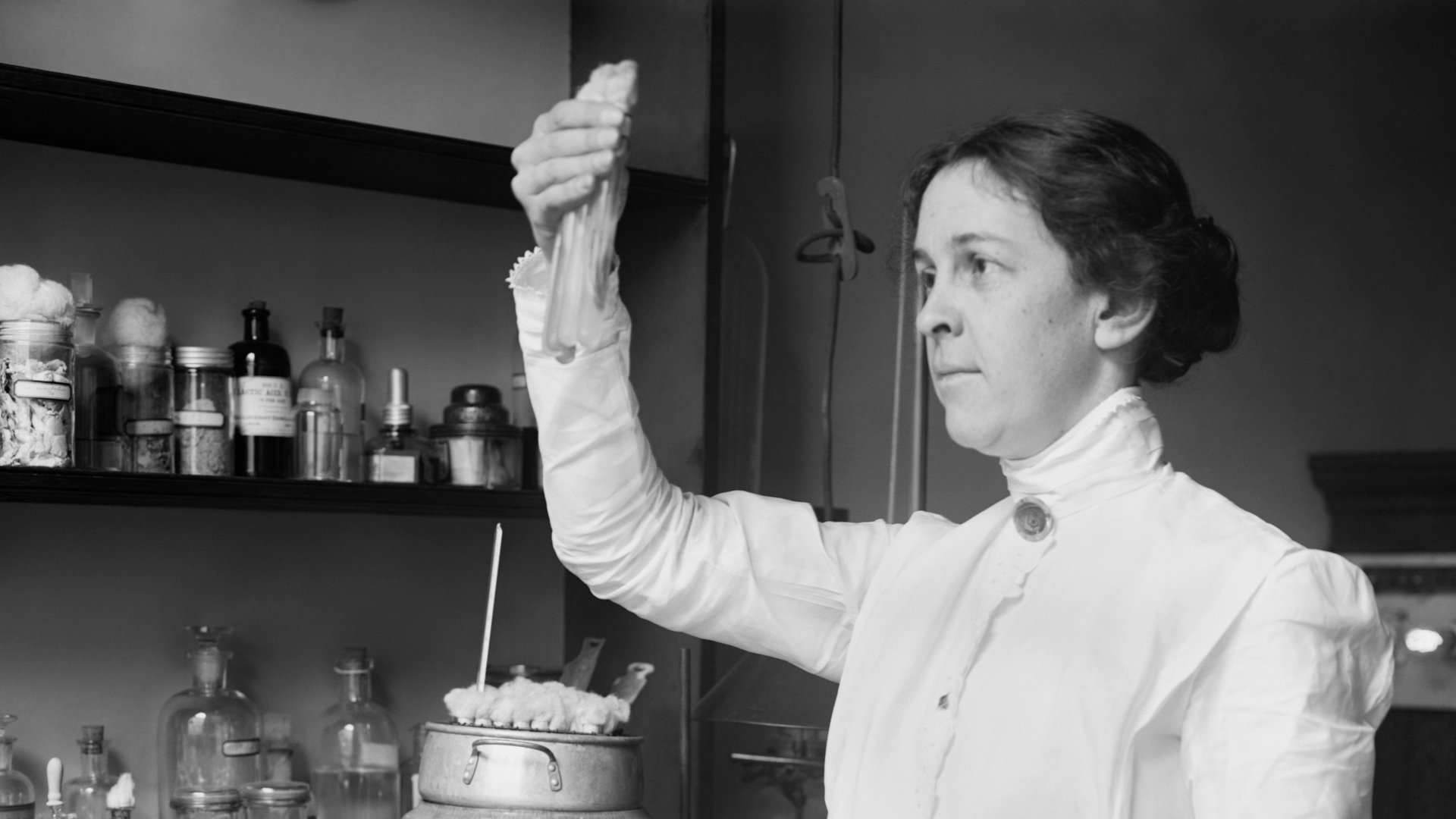Undulant fever is not a disease that rings a bell for many now, but at the beginning of the last century it was a very feared and deadly disease. Alice Catherine Evans discovered that the bacteria that caused this disease came from raw milk. However, it took her a long time to convince her male colleagues. After all, Evans was a woman and did not hold a PhD.
Undulant fever is not a disease that rings a bell for many now, but at the beginning of the last century it was a very feared and deadly disease. Alice Catherine Evans discovered that the bacteria that caused this disease came from raw milk. However, it took her a long time to convince her male colleagues. After all, Evans was a woman and did not hold a PhD.
School teacher
Alice Catherine Evans began her career as a school teacher in Towanda, a remote town in the state of Pennsylvania. At the time Evans lived, "teacher" was about the only profession that could be practised by women. She soon realised that being a teacher was not for her. She found teaching boring. To escape the boredom, she took up a two-year course in biology at Cornwell University, aimed at rural teachers. She enjoyed this so much that she wanted nothing more than to continue her studies. Fortunately, she received a scholarship and was able to start a Bachelor in bacteriology not much later. In 1909, she completed this. A year later she had also finished a master's degree in bacteriology. She then had the choice: continue her studies and obtain a doctorate, or start working at the Dairy Division of the American Department of Agriculture.
Pioneer
Evans chose to work for the U.S. Department of Agriculture, becoming the first female bacteriologist to hold a permanent position with the agency. Although it is rumoured that her future colleagues nearly fell off their chairs when they heard that "A. Evans" was a woman, she found a warm welcome. Evans was given the task of examining bacterial cultures in raw milk. At the time, fresh raw milk was thought to be highly nutritious and therefore healthy to drink. Evans found the opposite to be true. She found that raw milk contained the bacteria Bacillus abortus, a microbe that can make people sick and in pregnant women can lead to miscarriage. Evans presented her findings at the annual meeting of the Society of American Bacteriologists in 1917. Instead of praise for her discovery, she was met with disbelief and protest from the male audience. If this animal bacterium could actually make people sick, then why didn’t another bacteriologist discover this long ago?
Consorting with the "enemy”
Her discovery was not only questioned by the scientific community. To make milk safe to drink, it must first be pasteurised. This involves heating the milk to a high temperature. Harmful micro-organisms are thereby rendered harmless. Special equipment is needed to pasteurise milk and this involves extra costs. Representatives of the dairy industry therefore suspected Evans of working with the manufacturers of this equipment.
Standing firm
Despite all the resistance Evans encountered, she stood her ground. And she was proven right. About three years after her article was published, a similar study was conducted in San Francisco with the same results. Over the next four years, Evans' findings were confirmed 10 more times. This overwhelming body of evidence eventually led to the pasteurisation of milk becoming compulsory in more and more places from 1930 onwards. This measure almost eradicated undulant fever. It is thanks to Alice Catherine Evans that we can now drink milk without fearing fever.

